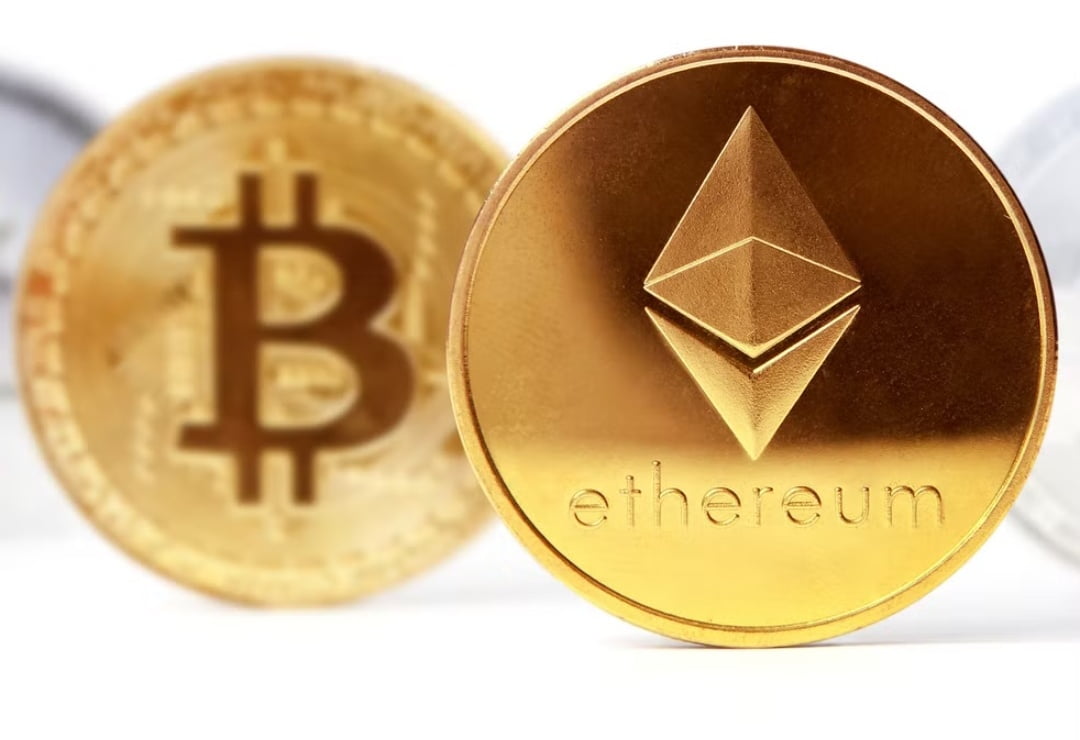
What You Need To Know About Staking Ethereum On Coinbase
Bitcoin investing can be a profitable endeavour in more ways than one. By following old-fashioned appreciation, you can make the most gains. You buy a cryptocurrency hoping it increases in value over time and will be worth more than what you paid for it.
As with dividend stocks, you can also use crypto to earn passive income, which is collected without selling your position. Staking crypto can make you yield just like saving money does. As for staking, bitcoin does not allow it, but Ethereum does.
As the biggest cryptocurrency exchange in America, Coinbase is an excellent place to start if you’re thinking about stackable coins. A Coinbase account, an Ether (ETH) digital wallet, and resident requirements are required to begin staking ETH on the exchange.

To sign up for Coinbase, you must follow a few simple steps. If you are under 18, you’ll need a government-issued ID – Coinbase does not accept passports. You’ll also need an internet-connected phone or computer and a regular phone number for the six-step signing-up process.
Your email address must be verified. Your phone number should be verified, and your personal information should be added. Set up a bank account, debit card, PayPal, Apple Pay, or Google Pay account to verify your identity. Digital wallets must contain Ether to start.
Ethereum’s native currency is Ether. With Coinbase, you can purchase ETH directly if you don’t already own it. Coinbase covers most parts of America, but residents of Hawaii are not yet allowed to use it. Many cryptocurrencies, including ETH, are forbidden from staking in New York.
Is It Worth Staking Your Ethereum?
ETH stakes help improve and secure the Ethereum ecosystem for the public good. Rewards in the form of more ETH are handed out to stakes in exchange for their stake. You can stake crypto as an alternative to an interest-bearing bond or CD.

The return on your holdings depends on the time you agree to deposit them. Knowing the different ways to stake Ethereum and the associated risks will help you decide if it’s worth it. Ethereum’s literature explains how to stake ETH in four ways.
It pays total rewards, but you need 32 ETH to start solo home staking. The risk is the highest, requiring a dedicated computer and technical knowledge to run the software that batches transactions and validates other people’s work.
If you go offline, you will be penalized, but you still have complete control and receive total rewards. The stake as a service requires 32 Ethereum, but you don’t need any hardware since you farm out the more complicated work while still collecting native block rewards.
A third party holds your keys, unlike solo home staking, which is trustless. Most of the time, you’ll be charged a fee and earn fewer rewards.
The most popular pooling option is liquid staking, with which you receive liquid tokens representing the staked ETH in your pool. This method allows your position to be exited without prematurely un-staking your actual Ethereum.

Through centralized exchanges like Coinbase or another cryptocurrency exchange, you stake ETH on a large pool of staked ETH held at large pools for many validators, and the ETH remains in your custody. There are risks associated with those large pools since they are juicy targets for attackers.
Coinbase Staking: Is It Worth It?
The next step is deciding whether you should stake your ETH on Coinbase. Cryptocurrencies are rewarded differently by Coinbase, and the requirements vary. It’s up to you whether it’s worth it, but the exchange’s policies regarding ETH staking are among the most favorable.
Six cryptocurrencies, including ETH, are currently supported by Coinbase for staking. There are also Algorand, Cosmos, Tezos, Cardano, and Solana. Ethereum doesn’t require a minimum balance like the other five.
There are also delayed payout schedules for the other five rewards. Tezos, Cardano, Cosmos, and Solana rewards payout time is three to five days. The fastest pays out reward is Algorand, which does so only quarterly.
While Ethereum rewards are paid daily, Bitcoin rewards are paid every hour. Coinbase lets you stake Ethereum for free, making it more accessible than solo home staking, as a service, and pooled staking.

Coinbase transforms Ethereum into a different token when you stake it. The Ethereum platform becomes Ethereum 2.0 when you stake it. ETH2 enhances scalability and security across the Ethereum network.
By upgrading to proof-of-stake, Ethereum migrates from a proof-of-work mining model. When staked ETH is converted to ETH2, Coinbase converts it automatically.
As soon as the two tokens merge, their prices will be identical. Coinbase introduced Coinbase Wrapped Staked ETH (cbETH) in August, described as a utility token representing both staked ETH and accrued rewards from staking ETH.
There is no fee for converting or wrapping ETH2 to cbETH or earning yields in DeFi applications while continuing to earn ETH2 staking rewards with cbETH. Staking on Coinbase requires only the deposit of any amount of Ether tokens into the Ethereum 2.0 network – but you’ll need to join a waiting list first.
When you move off the waitlist and begin staking ETH, Coinbase will notify you, and you can start earning rewards. Unlike Coinbase, where you can stake cryptocurrency to earn up to 5.75%, Ethereum currently yields 3.28%.
However, the yield can change based on the amount of ETH staked. That’s much less than solo home staking, but the tradeoff is greater security. Cryptocurrencies are notorious for their volatility, including Ethereum.
Staking ETH earns you rewards in ETH. If you are confident, Ethereum will increase in value and stake ETH as a sound investment. If you do not exchange or cash them out, your principal investment and reward yield will depend on ETH’s fate.

You are directly exposed to market volatility as well as the stability of the exchange. Staking ETH is experimental and involves some risks, including possible network failure. Staking ETH also carries the risk of so-called slashing, a protocol penalty.
In some cases, slashing can lead to the loss of staked assets. Staking is subject to all the risks outlined in the Coinbase user agreement. Prepare yourself by reading it carefully. Staking rewards over $600 will be taxed.
Edited by Prakriti Arora




